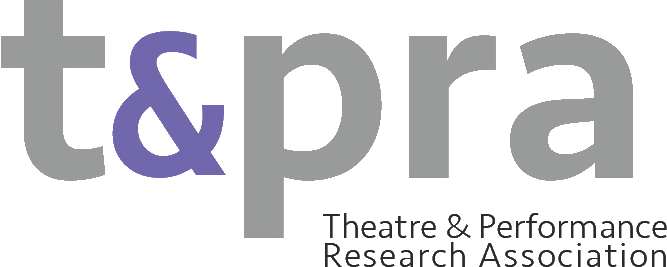Documenting Performance 2017
Full Name: Johanna Linsley
Annual Conference Theme (if applicable): Documentation and Migration
What were the main points that emerged from your WG this year?
The call for papers identified two particular strands within the theme which participants were invited to respond to. First, the troubled status of documentation as identification in the movement of bodies across national borders, which affects performances of self at the most intimate levels, producing vulnerability and precariousness in direct relationship to the certainty and transparency it claims to uphold. In a very different register – and in line with the Working Group’s commitment to interrogating how we do the work of making, writing and thinking about theatre – we also invited participants to consider how documentation facilitates the migration of concepts, styles and artistic conventions between disciplines and institutions. How does documentation both attend and limit such seemingly abstract migrations?
With rigorous precision and critical generosity, participants responded to these questions with a dizzying range of case studies and examples. A few key themes emerged, however. These included questions about institutions and disciplinarity; documentation and performances of the state and the law; and documentation in relation to the physical body (both as it is culturally conditioned, and in terms of its biological/metabolic processes). At a methodological level, the group also benefited from the specificity of conversation which was the result of a meeting between the broad framework of documentation and performance and the specific field of Migration Studies.
What was discussed at your business meeting?
We charted the significant threads emerging across the working group sessions and agreed shared areas of interest for future. This method of ongoing conversation developed from last years conference, where, in the business meeting, the group identified themes of mobility and movement, which directly informed the creation of the 2017 call. This year, the conversation particularly picked up on questions of categorisation and taxonomy which may be useful to explore further.
We also discussed the range of formats emerging in this year’s contributions and how that might be developed further in the next and future working group gatherings. How might we invited a wide range of formats – not only performance and other arts practice, but also forms of writing (from work playing with the essay form, to the lexicon, to other modes of inscription).
Finally, the group reflected on the success of the interim event, a study day on the topic of collecting and curating sound held at the Tate Exchange at the Tate Modern in London. We agreed on the value of the interim event as an opportunity to delve deeply into a particular subfield within our wider research trajectory.
Types of contributions:
Paper presentations (including rigorous readings of individual case studies and essayistic approaches), video and sound art presentations, performance lectures
Number of formal contributors (those listed in book of abstracts) 13
Approx. overall number of delegates who attended your WG Sessions 15
Composition of WG (PG, ECR, etc.)
This year’s working group was composed of a significant mid-career contingent with notable contributions from leading scholars at the senior lecturer level. The group also continued its track record of attracting a strong early career and PGR contribution.
Did you have any non-UK participants? Yes
If your WG hosted an Open Panel, do you have any feedback?
Yes. The open panel session became an opportunity for the concerns of the working group to meet the field of migration studies, and the panel attracted senior members of this field, which resulted in a situation of practiced interdisciplinarity. We had positive feedback on the nuanced nature of this conversation, and on the work the group was doing to enliven these discussions.
Any additional points or feedback not covered above?
This year’s conference was notable in our working group for the provision of time and space for conversation in relation to quite deep readings of particular examples, case studies and provocations. The conversation was very much building on the work done in the 2016 conference and our interim event. This has created an environment where the group can undertake a sustained project of inquiry which develops year on year, which we’re very keen to continue, whilst continuing to welcome new projects and perspectives.

